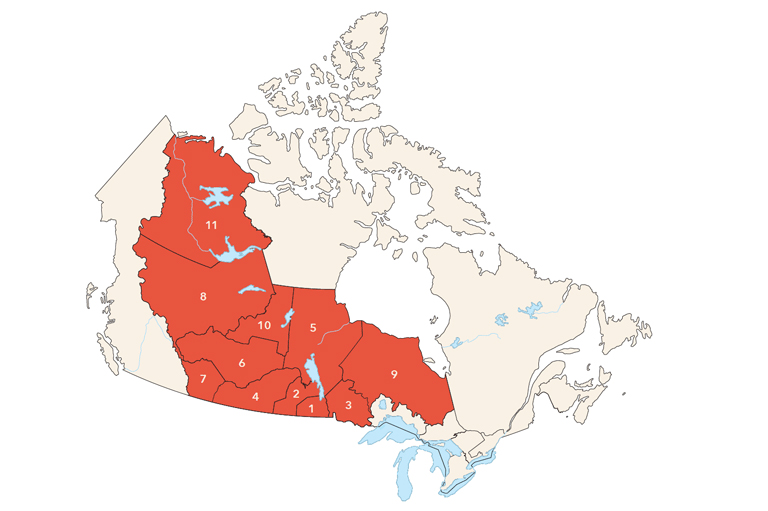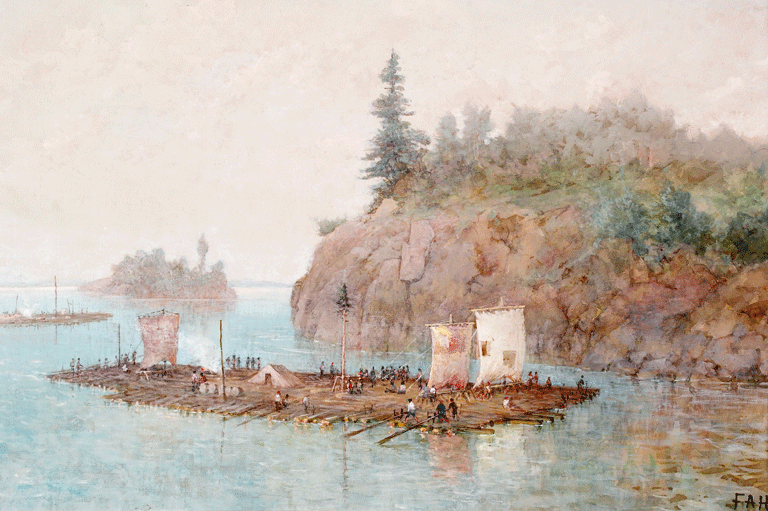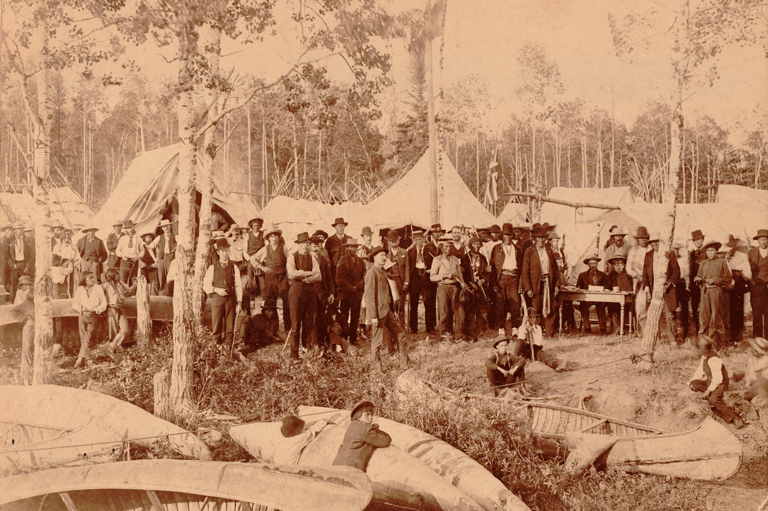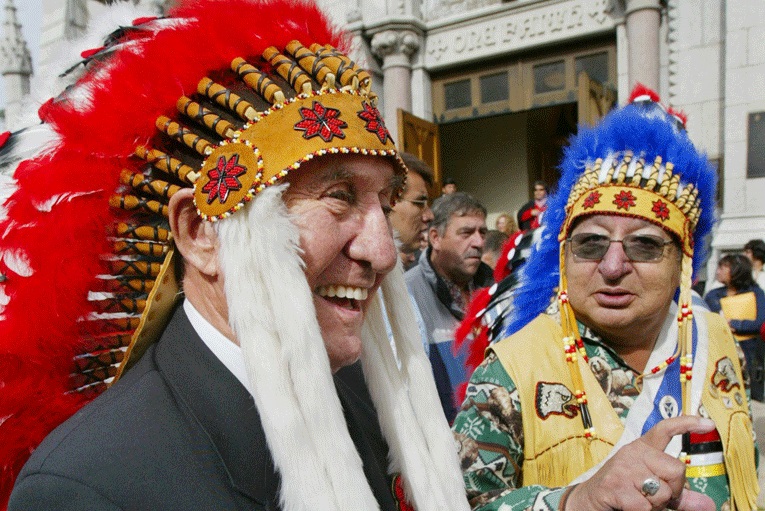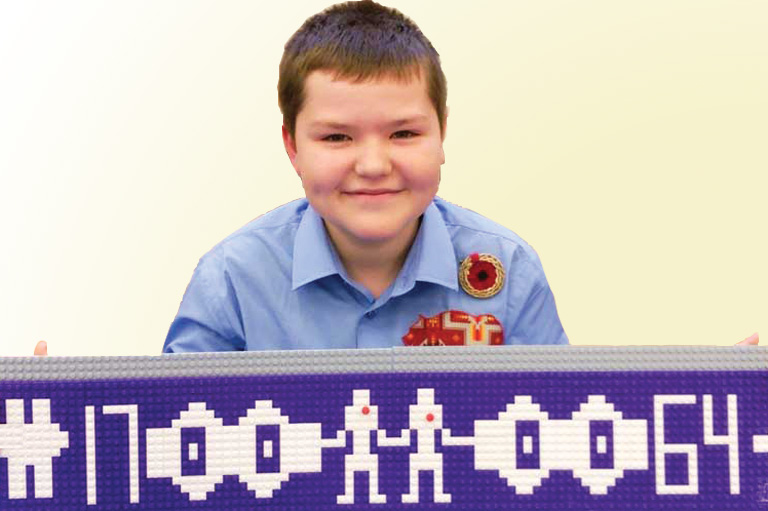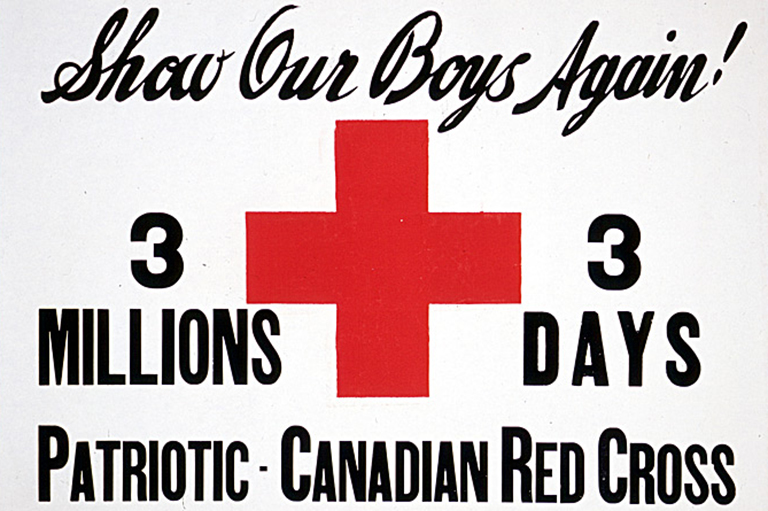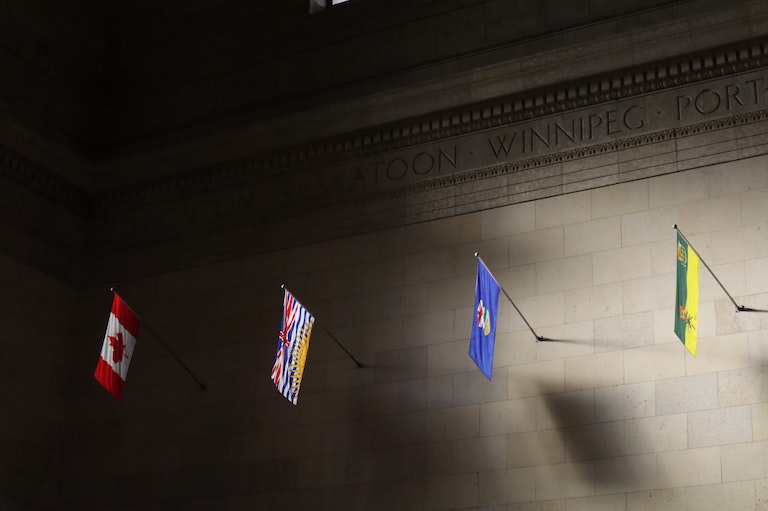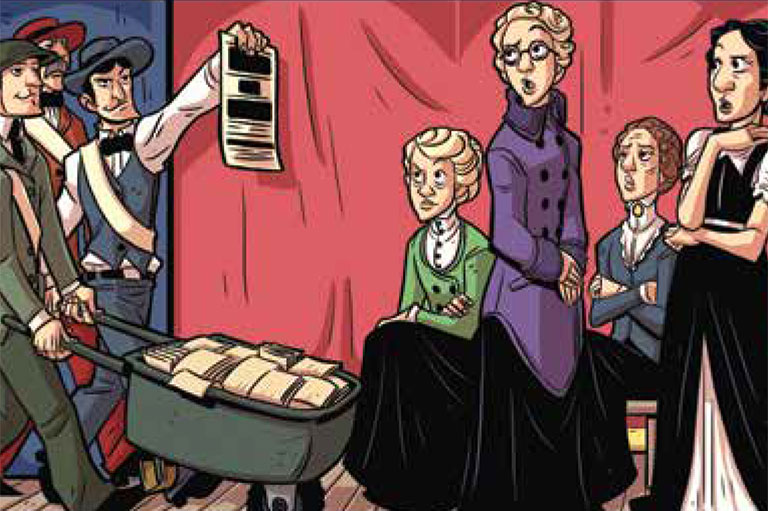Understanding Spirit and Intent
Grade Levels: Grades 7/8, 9/10, 11/12
Subject Area: Social Studies/History/Geography
This lesson is based on the Treaties and the Treaty Relationship issue of Canada’s History magazine.
Lesson Overview
In this lesson students explore the concept of spirit and intent by investigating the differing views held by the Crown and First Nation peoples at the time of Treaty-making. They analyze spirit and intent as the basis of renewing the Treaty relationship.
Time Required
One class period
Historical Thinking Concept(s)
- Identify continuity and change
- Take historical perspectives
Learning Outcomes
Students will:
- Explore the context in which the Numbered Treaties were negotiated and signed.
- Analyze the nature of First Nations’ understandings of Treaties as compared to the government’s understandings.
- Interpret differing accounts of Treaty to understand how different understandings evolved.
- Assess the way in which contemporary Treaty interpretations of historical agreements fall short of the intentions of their First Nations signatories.
The Lesson Activity
Activating: How will students be prepared for learning?
- As a personal reflection, have students reflect on a time they made an agreement or came to an understanding with a friend or peer.
- Have them consider: the nature of the agreement/compromise, how they got to that point, and if it unfolded in good way.
- Invite students to share their reflections with the class.
- Lead an all-class discussion centred on the following questions: What promises were made, kept? If there was misunderstanding, why? What makes an agreement successful or unsuccessful?
- Ask: How can promises can be recorded/remembered? [written, oral, handshake, etc.]
Acquiring: What strategies facilitate learning for groups and individuals?
- Access and play the audio spot: “Let’s Talk Treaty: Episode 2.” [15:09]
- Check for understanding after the audio clip had played:
- What does Elder Bone mean when he says, “Treaties are more than written understanding?”
- Treaty Commissioner Loretta Ross mentions that “They view Treaties more like contracts.” Who is “they”?
- What Treaty partner views Treaty promises as more than the simple written text?
- What does “spirit and intent” mean regarding Treaty-making?
- Devise a definition of “spirit and intent” based on class input and discussion. Write on whiteboard.
- Encourage questions and discussion.
Applying: How will students demonstrate their understanding?
- Read aloud the following excerpt from the Treaties and the Treaty Relationship issue of Canada’s History magazine. (p. 11):
Recovering the true spirit and intent of Treaties is a priority. These agreements are not old, obsolete, or pointless. First Nations’ own histories and accounts of Treaty processes uphold important principles of reciprocity, respect, and renewal rooted in thousands of years of experience and presence on these lands. The Treaties hold the keys to a new path forward as living agreements regarding relationships between First Nations and settlers in the past, for the present, and towards the future.
The original spirit and intent of Treaty involves understanding and upholding the agreements people actually negotiated, rather than focusing on how Treaties have been reinterpreted long after the fact.
- Write the words reciprocity, respect, and renewal on the whiteboard. Define each.
- Lead a class discussion how each word relates to the concept of spirit and intent.
- Hand out copies of BLM #2.1 and instruct the students to complete them.
Materials/Resources
- Copy/copies of the Treaties and the Treaty Relationship issue of Canada’s History magazine.
- Access to Internet with audio
- Access the following: Let’s Talk Treaty, Episode 2: Spirit and the Intent of Treaties with Elder Harry Bone: http://www.trcm.ca/multimedia/lets-talk-Treaty/ (Transcript available)
- Printed copies of BLM #2.1 – one per student
Extension Activity
Research a wampum Treaty such as the Two-Row Wampum, the Dish with One Spoon wampum, or the Treaty of Niagara wampum. Discovering the principles behind one of these agreements, students can then contrast how these agreements may resemble and differ in content, shape and form from subsequent agreements, such as the Numbered Treaties.
Lesson Plans
Themes associated with this article
Advertisement
Adaptations for grades 3-6

Encouraging a deeper knowledge of history and Indigenous Peoples in Canada.
The Government of Canada creates opportunities to explore and share Canadian history.

The Winnipeg Foundation — supporting our shared truth and reconciliation journey.

We contribute to the well-being of the communities we serve through grants, scholarships, sponsorships, fundraising, volunteering and collaborative relationships with community partners.

